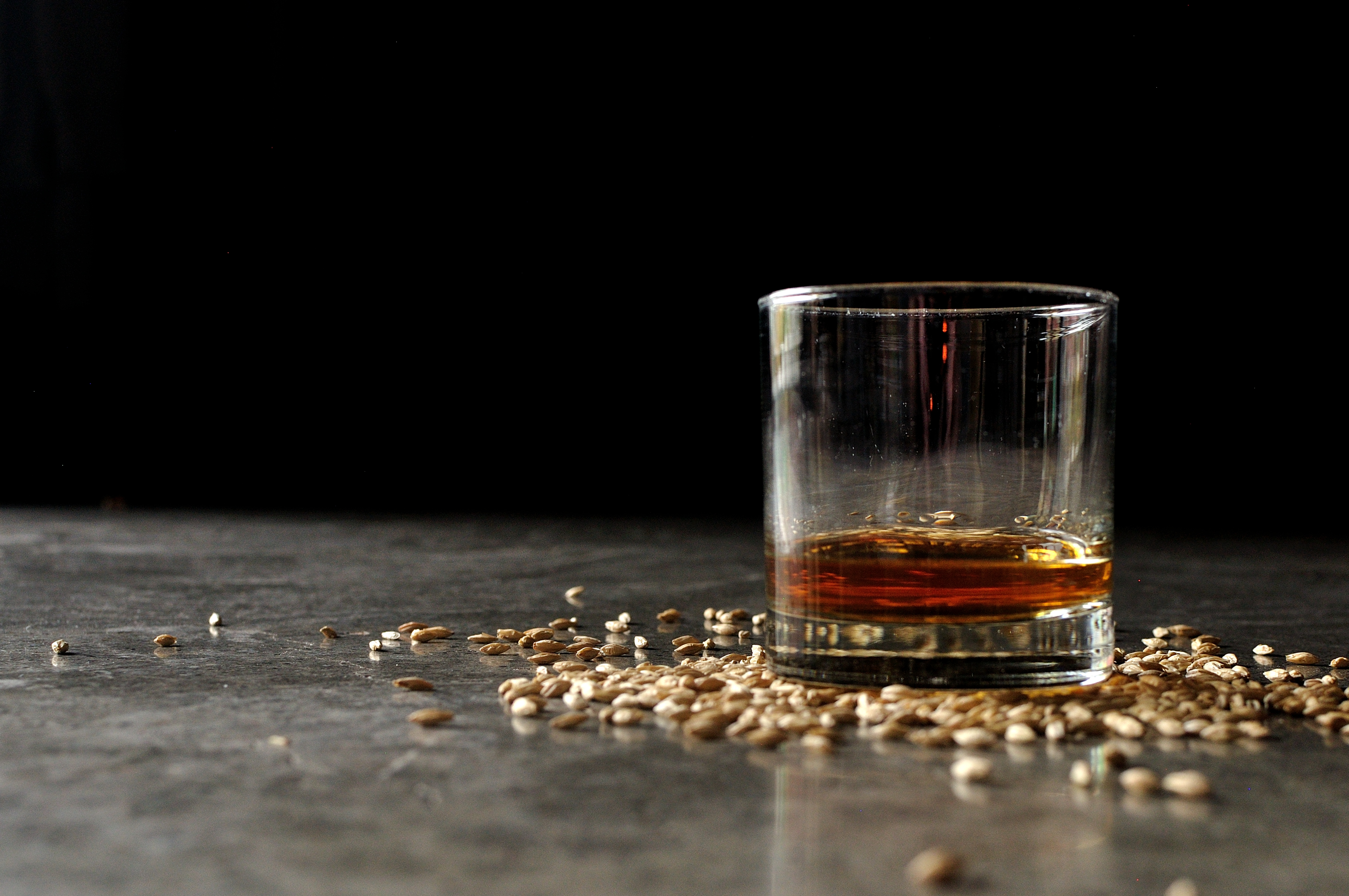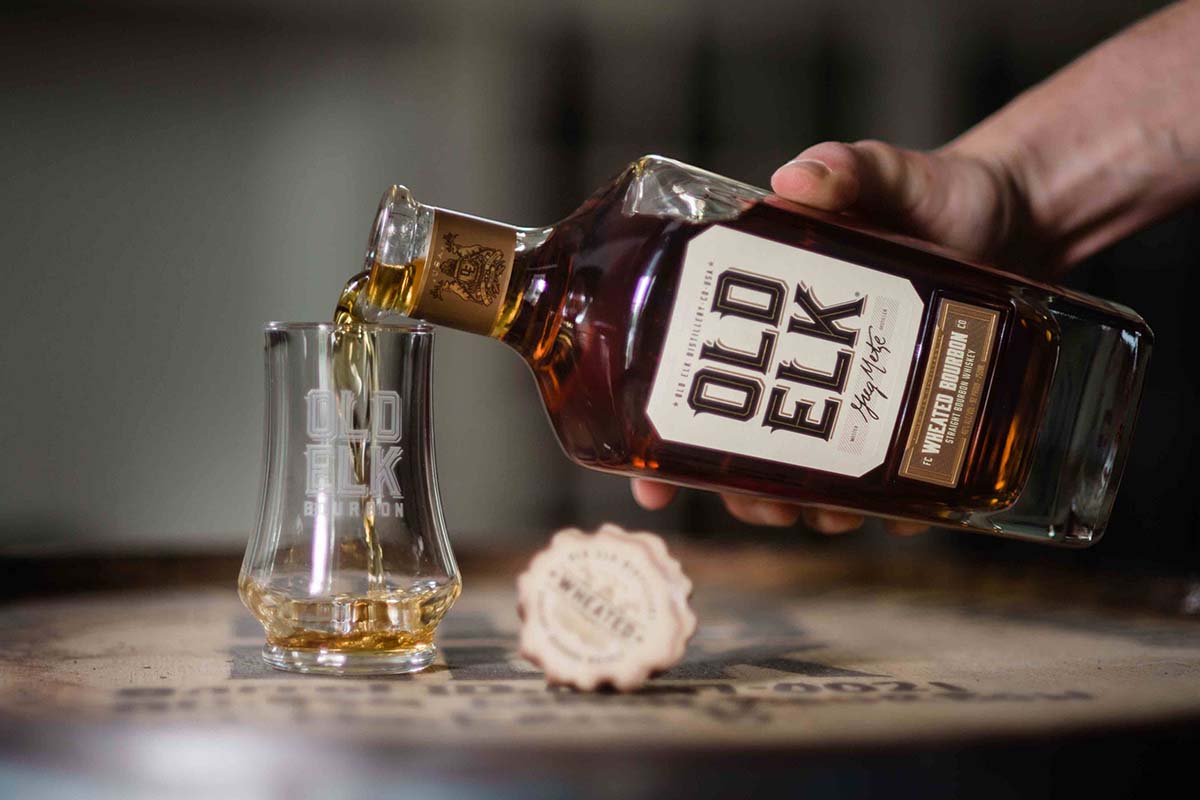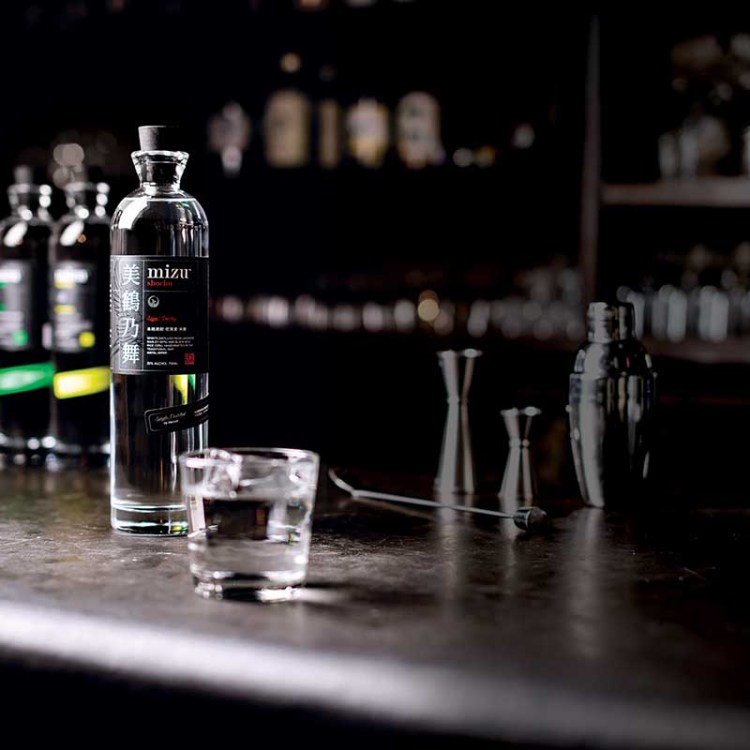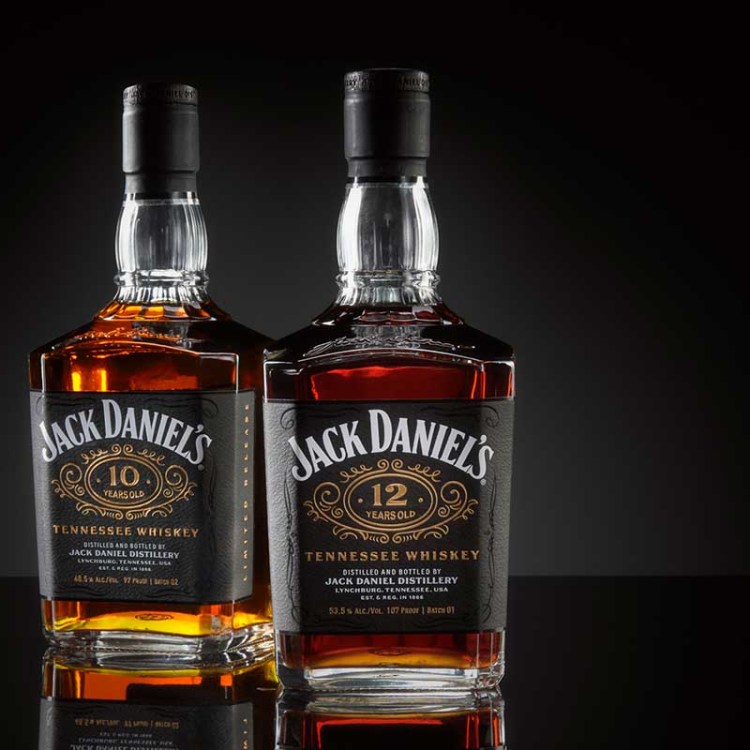Is “Indiana rye” the next “Kentucky bourbon” … or is one state overreaching a bit to identify itself with a booze trend?
According to The Spirits Business, Indiana state representative Chris May recently introduced legislation to set new standards for what constitutes Indiana rye.
The bill, which received assistance from Jeff McCabe, co-owner of Hard Truth Distilling Co and was co-authored by Rep. Karen Engleman, makes it a Class B misdemeanor if “a person advertises, labels, sells, or refers for marketing or sales purposes liquor as: (1) Indiana rye; (2) Indiana rye whiskey; (3) Indiana rye whisky; (4) Indiana sweet mash rye whiskey; (5) Indiana sweet mash rye whisky; (6) Indiana sour mash rye whiskey; or (7) Indiana sour mash rye whisky; unless the liquor meets certain requirements.”
Those requirements include the liquid being manufactured in Indiana, a 51% minimum rye mash bill, a sour or sweet mash fermentation, aging in new charred white oak barrels and the barrels need to be rested in a rack house for at least two years in Indiana, among other provisions.
“Indiana is home to more than 30 distilleries now, with some producing exceptional rye whiskey that has earned national acclaim,” says May. “Establishing our own brand is an opportunity for the Hoosier state to stake its claim in a fast-growing market.”
Given that “Kentucky bourbon” is an $8.6 billion industry, we can see how associating a spirit that maybe lacks a geographical center with the state could be an economic windfall, particularly since May also mentions tourism and the Kentucky Bourbon Trail in recent comments.
That said, nothing about these requirements seems to indicate Indiana rye is notable outside of its location. And historically, we’d argue Americans are more likely to associate rye with Pennsylvania.
Counterpoint: Lawrenceburg, Indiana’s MGP does produce some great well-aged ryes, albeit mainly — though not entirely —for other boozy brands scattered around the country; they do enough of these that there are actually dedicated lists online of great rye whiskies not produced by the company. And, yes, Indiana does have its share of distilleries doing their own ryes.
Distiller describes rye-centric whiskey from The Hoosier State (and, most likely, via MGP) as “damn good … think of this 95% rye recipe as a super charged Pennsylvania rye. It has a chef’s cabinet worth of spice and a big barrel character to match.” By comparison, Pennsylvania’s ryes have a malted barley element and Maryland brings in the corn.
Whether location is enough, we can’t judge. But if New York can have its own rye category (which is pretty open with its standards except for the location), why not another state? At the very least, you’ll know where your whiskey is coming from and have an idea of what to expect.
Thanks for reading InsideHook. Sign up for our daily newsletter and be in the know.

















